Cystic acne ― something that many of us end up suffering from ― is considered one of the most severe forms of that condition. It is also perhaps the most difficult type of acne to treat.
Cystic acne takes the form of sometimes painful surface bumps produced by cysts deep under the skin. As with other types of acne, it is caused by bacteria that lead to inflammation. Cystic spots are usually red, may also have a whitehead and are more likely to lead to scarring than shallower forms of acne.
The condition can be chronic or sporadic. According to one study, 65% of women with cystic acne said it was worse during their period.
If you have cystic spots, however, there are steps you can take.
Find a skin care routine that helps zap zits.
Prevention is key and having a solid skincare routine in place is important. The next time you feel a painful bump rising to the surface, the experts also have ways to ward it off.
A minimal but targeted routine is essential, dermatologist Howard Murad, founder and innovator behind Murad Skincare, told HuffPost. He recommends a three-step routine: “Cleansing, to rid the skin’s surface of bacteria and dirt, followed by a treatment product that is formulated for your skin concerns. Finish with a daily moisturizer that has broad-spectrum sun protection.” Murad emphasized using a spot treatment topically every night.
Cleansing is critical, of course ― particularly if you wear makeup and an SPF product, as they must be removed properly every night in order to not clog pores.
Ewoma Ukeleghe, medical and cosmetic dermatologist and founder of SKNDOCTOR, recommends a gentle, non-stripping cleanser that won’t dry out the skin. “For overnight solutions to minimize the appearance of the spot, I like Mario Badescu Drying Lotion,” Ukeleghe said. She also suggested adding a hydrating sunscreen for the daytime.

Lauren Hamilton, an aesthetic doctor at the U.K. aesthetics spa Victor & Garth, recommends avoiding any harsh products and combining over-the-counter and doctor-prescribed treatments.
Look for these acne-fighting ingredients.
Murad suggests looking for the following: “Salicylic acid (a beta hydroxy acid, aka BHA) helps to clear blemishes and prevent future breakouts. Sulfur or micronized benzoyl peroxide can also be helpful.” He also recommends a clarifying cleanser with a mix of AHA (alpha hydroxy acid) and BHA, to be used a few times per week.
Hamilton likewise recommends benzoyl peroxide: “Your doctor will be able to prescribe a higher concentration medical-grade formulation of benzoyl peroxide. My go-to for my patients is ZO Acne Control; it contains 10% benzoyl peroxide and helps combat bacteria, clears clogged pores and calms the redness.”
Ukeleghe pointed to a treatment product like Epionce Purifying Spot Gel or a product containing BHA, like Medik8 Blemish SOS, to target specific concerns.
Dermatologist Sam Bunting mentioned three anti-inflammatory ingredients that help deal with any type of acne, cystic or not: “Benzoyl peroxide, salicylic acid and niacinamide: These have the cleanest side effect profile and don’t utilize antibiotics, so are helpful in the long-term.”
Over-the-counter products will help in most cases, but if they don’t, your doctor might be able to prescribe oral isotretinoin, which can decrease facial oil, or a contraceptive pill, which will regulate your hormones.
Hamilton stresses the importance of proper monitoring when it comes to oral medications, which can have side effects: “Commencing isotretinoin (Roaccutane) is not something to be taken lightly. However, it is an effective retinoid, with a high success rate as it targets the causative factors that lead to acne.”
What not to do when you feel a cystic spot.
We are always told not to pick a pimple and in the case of a cystic spot, this is even more important. “Avoid popping, picking or manipulating the pimple, as this can lead to a secondary infection which will take a much longer time to resolve and may lead to scarring. Keep calm and don’t do anything that can make a bad situation worse,” Murad said.
Ukeleghe seconded that point: “Picking a cystic spot will only make textural scarring and/or post-inflammatory pigmentation worse.”
Hamilton agrees, too: “When you feel a deep spot surfacing, you must resist the temptation to pop it, as this will not provide any relief and will only aggravate your skin. There’s no quick fix. It can take up to two months to see the benefits of your new skincare regime, so make sure you persevere.”
And if you decide to extract whiteheads that are part of cystic acne spots, Murad said this is the only way to do it while avoiding further inflammation: “Use heat, steam and very gentle pressure from your fingertips (not nails), which should be covered with tissue. Then disinfect the area with an antibacterial solution to get rid of any remaining grime to avoid the spread of bacteria.”
When you need help FAST …
If you have an “emergency” situation, like your own wedding approaching soon, there are a few more things you can do.
“For heavily blemished skin, hydrogen peroxide has a patented delivery system that spirals down into the pore, eliminating bacteria with oxygen whilst maintaining hydration,” Murad said.
Ukeleghe offered another option: “Cortisone shots or steroid shots, also known as intralesional steroid injections, are a great quick solution for pesky angry spots. However, they aren’t a long-term solution to treating acne.”
What about diet?
There is little scientific evidence linking diet and acne, although Murad noted the importance of proper nutrition for healthy skin.
“Fresh fruits and vegetables rich in Vitamin A help to normalize the turnover of dead skin cells, a key factor in acne breakouts,” he said.
And let’s not forget those healthy fats. “All skin types need healthy oils to look their best. Foods such as avocado, salmon, black cod and walnuts contain beneficial oils that keep the complexion well-nourished and prevent the skin from drying out, as well as breaking out,” said Murad.
Bunting agrees on the Omega 3 fatty acids and also recommends increasing your zinc intake. She also said, “Keep an eye on refined carbs and dairy. Whilst I don’t believe in eliminating food groups, these dietary shifts can help as part of a cohesive strategy.”
Check out some acne-busting products below.
HuffPost may receive a share from purchases made via links on this page. Prices and availability subject to change.
SkinCeuticals Blemish + Age Defense Serum
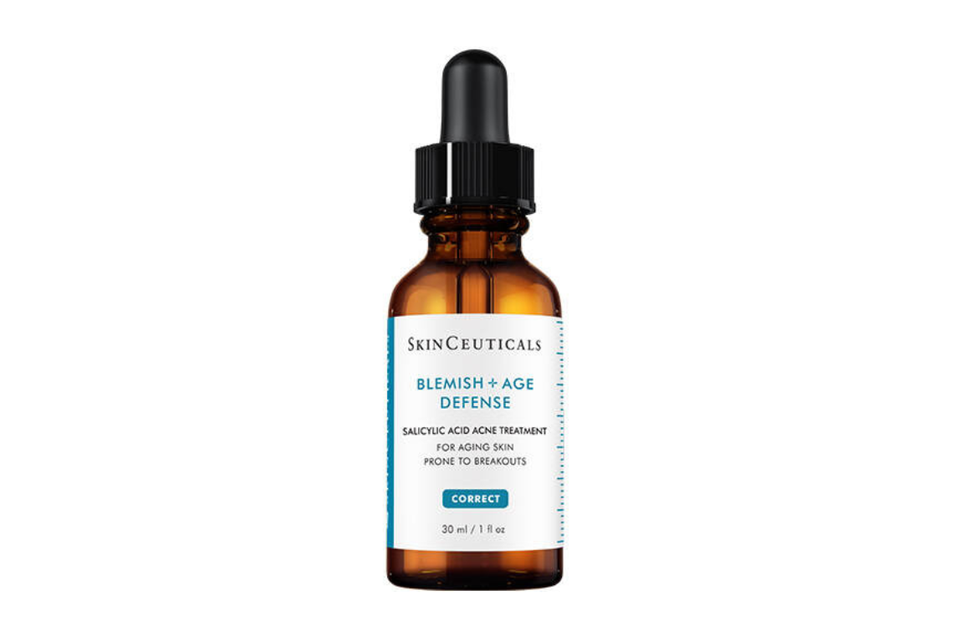
SkinCeuticals
Dr. Sam’s Flawless Nightly Serum
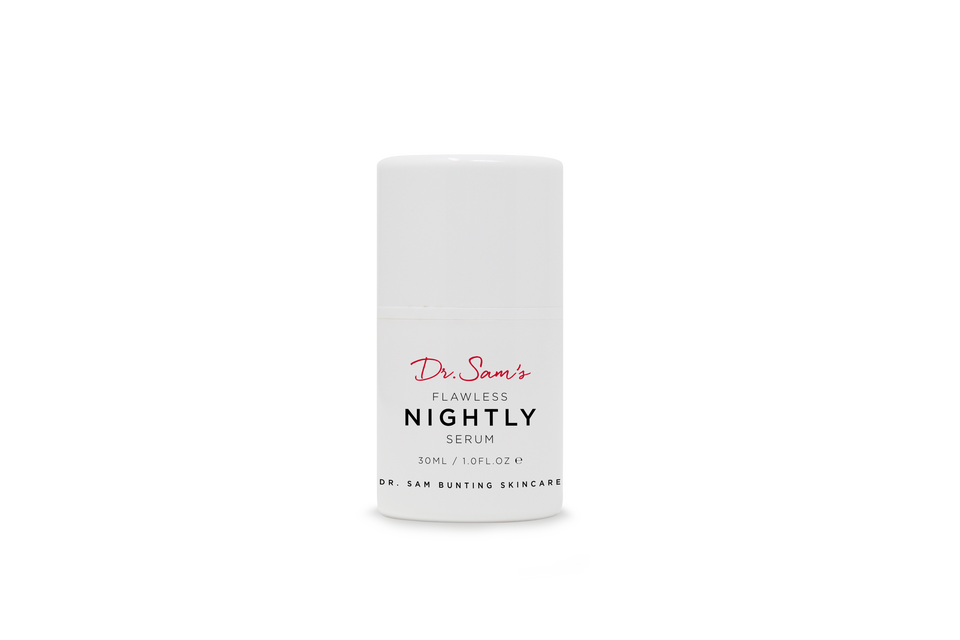
Dr. Sam’s
REN Clearcalm Non-Drying Acne Treatment Gel
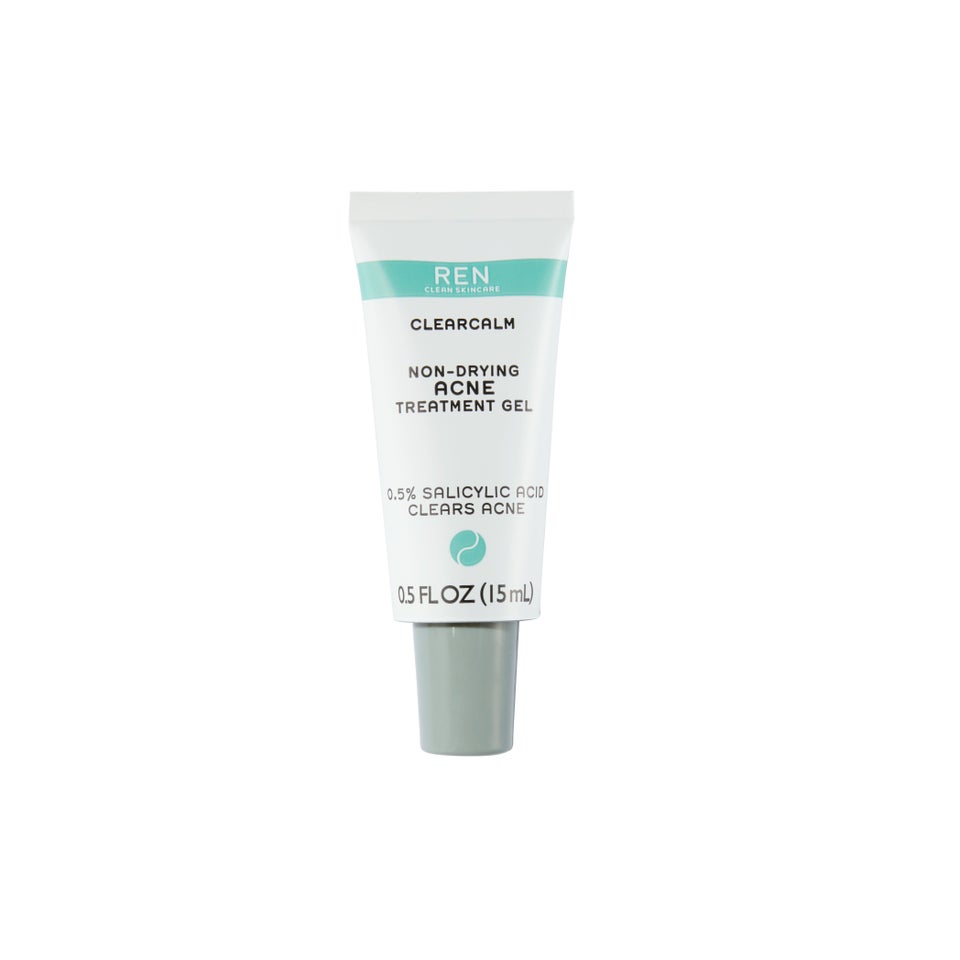
REN
Carbon Theory Cleansing Bar
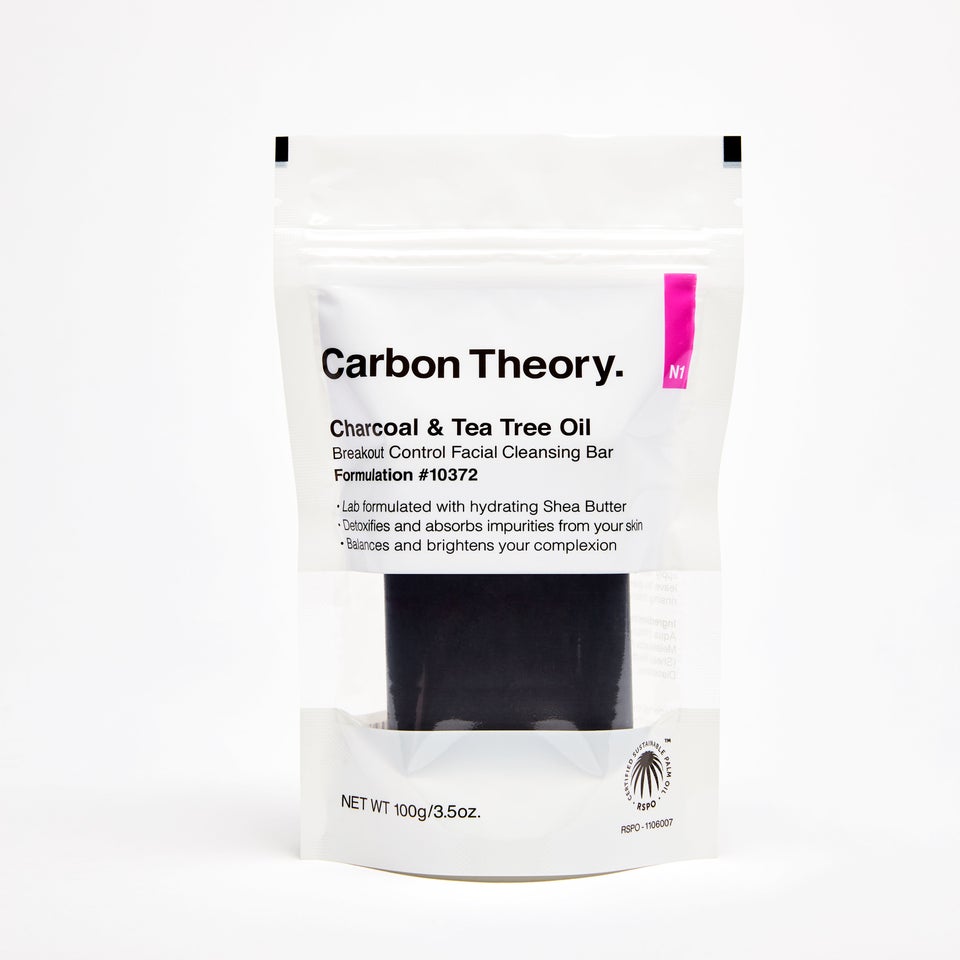
Carbon Theory
Murad Outsmart Acne Clarifying Treatment
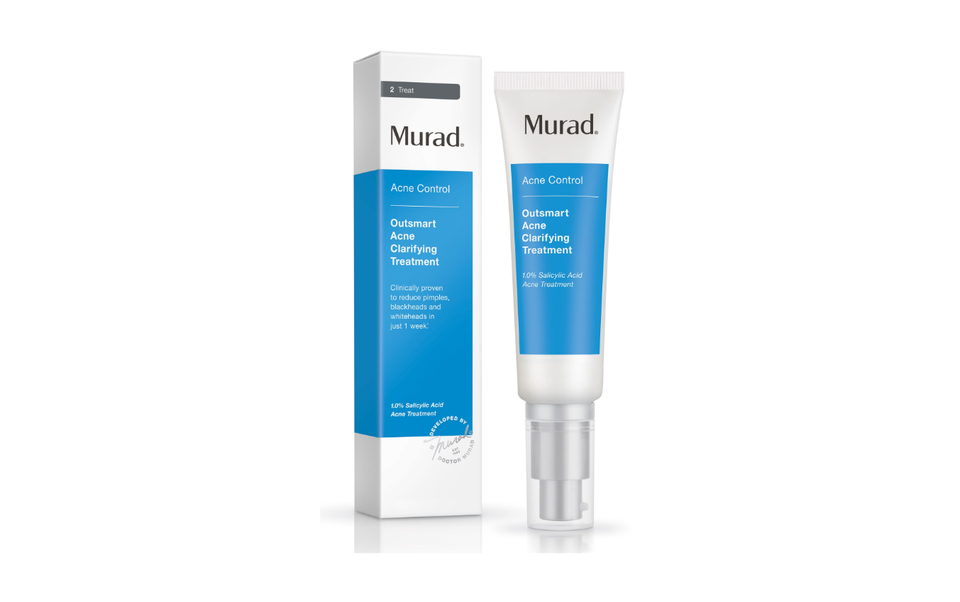
Murad
CeraVe Renewing SA Cleanser
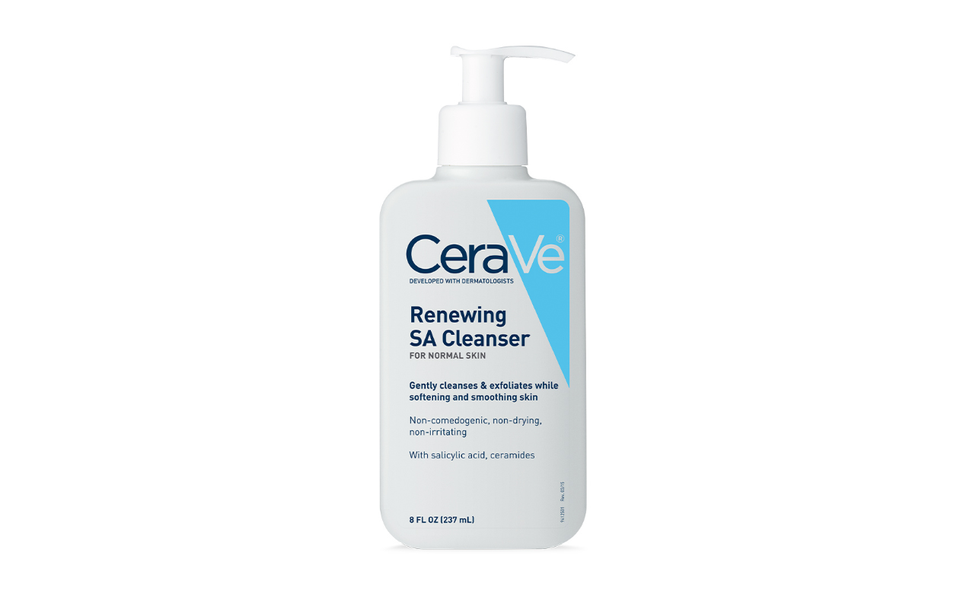
CeraVe
Mario Badescu Drying Lotion
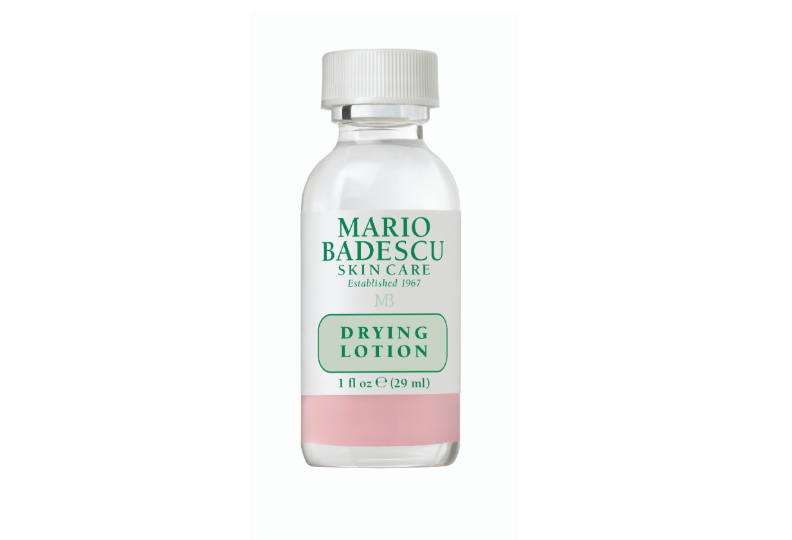
Mario Badescu
Verso Acne Deep Cleanse
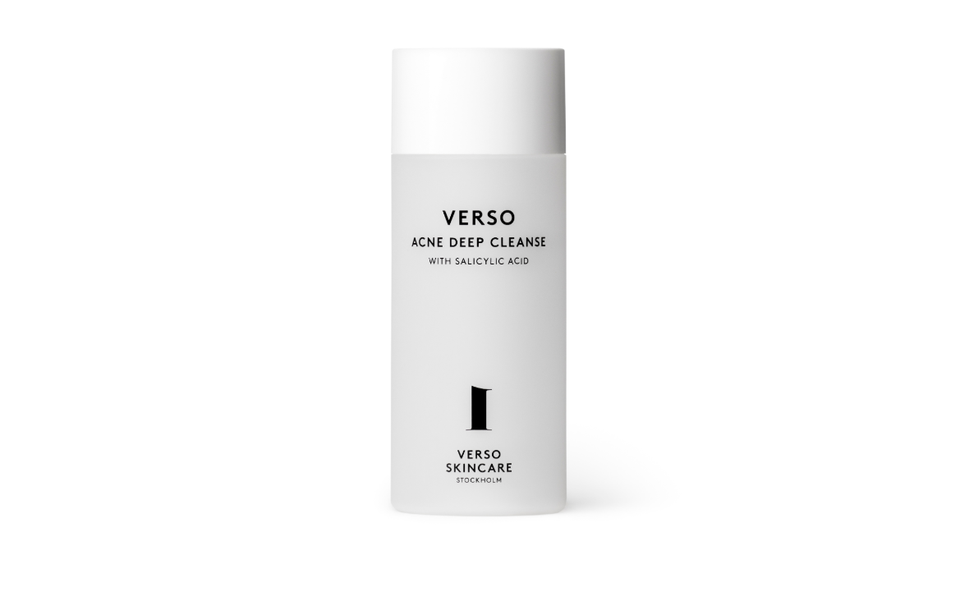
Verso
Squish Flower Power Acne Patches
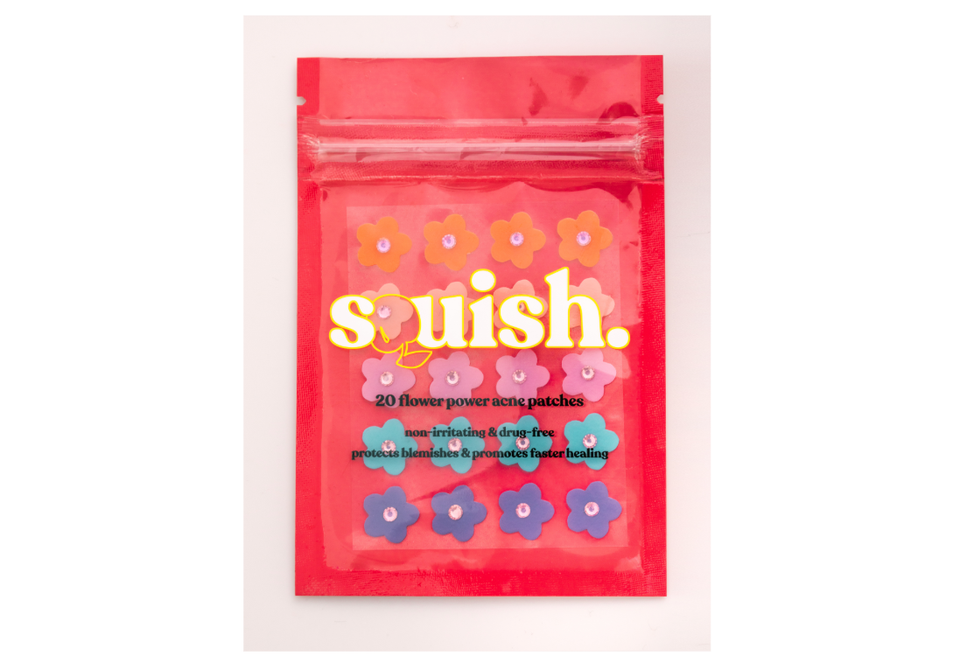
Squish
Glossier Zit Stick
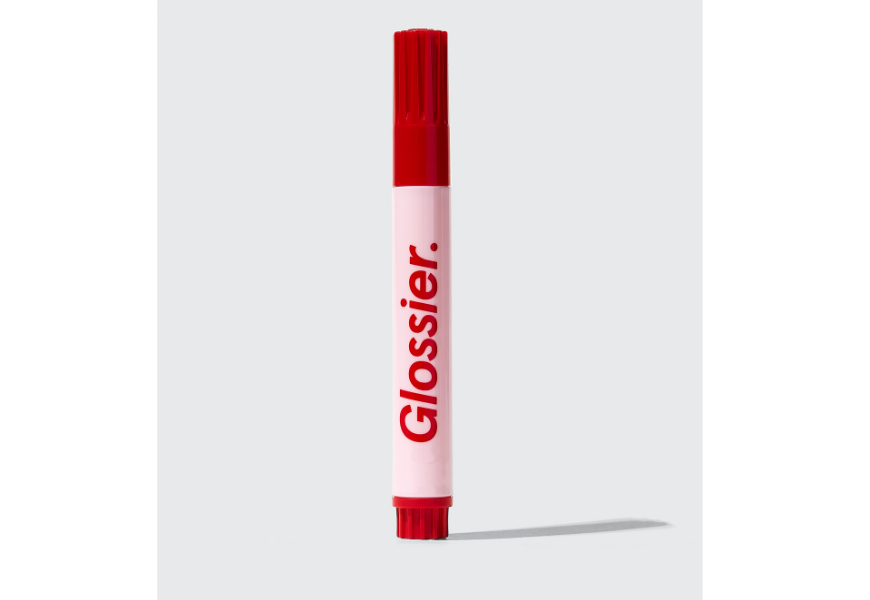
Glossier
ZitSticka Killa Kit
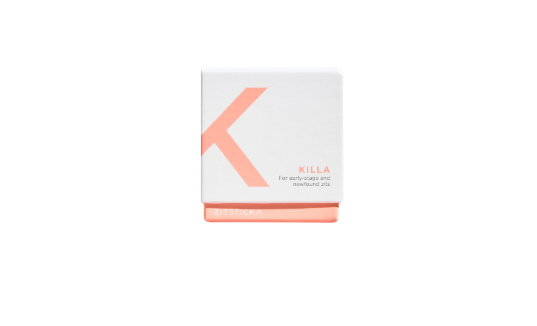
ZitSticka
Tata Harper Resurfacing Mask
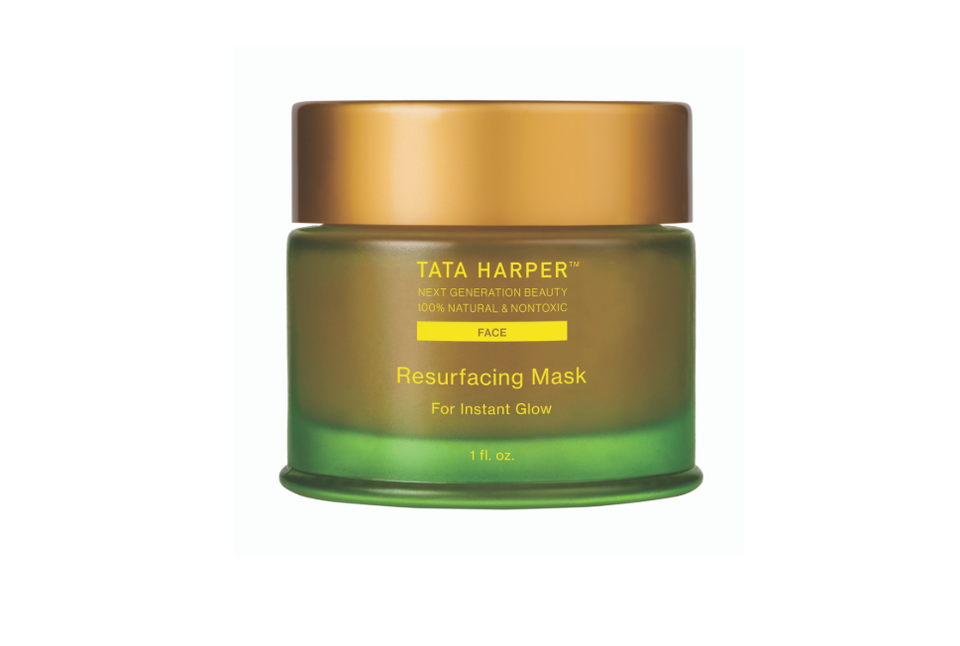
Tata Harper
Credit: Source link